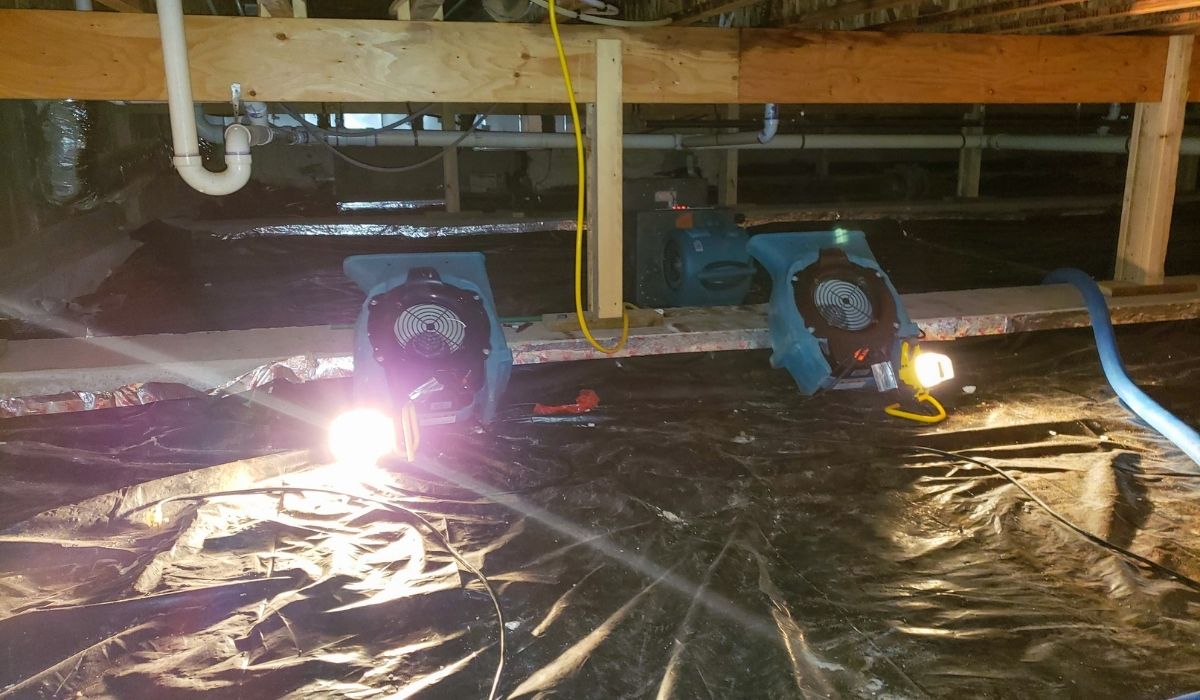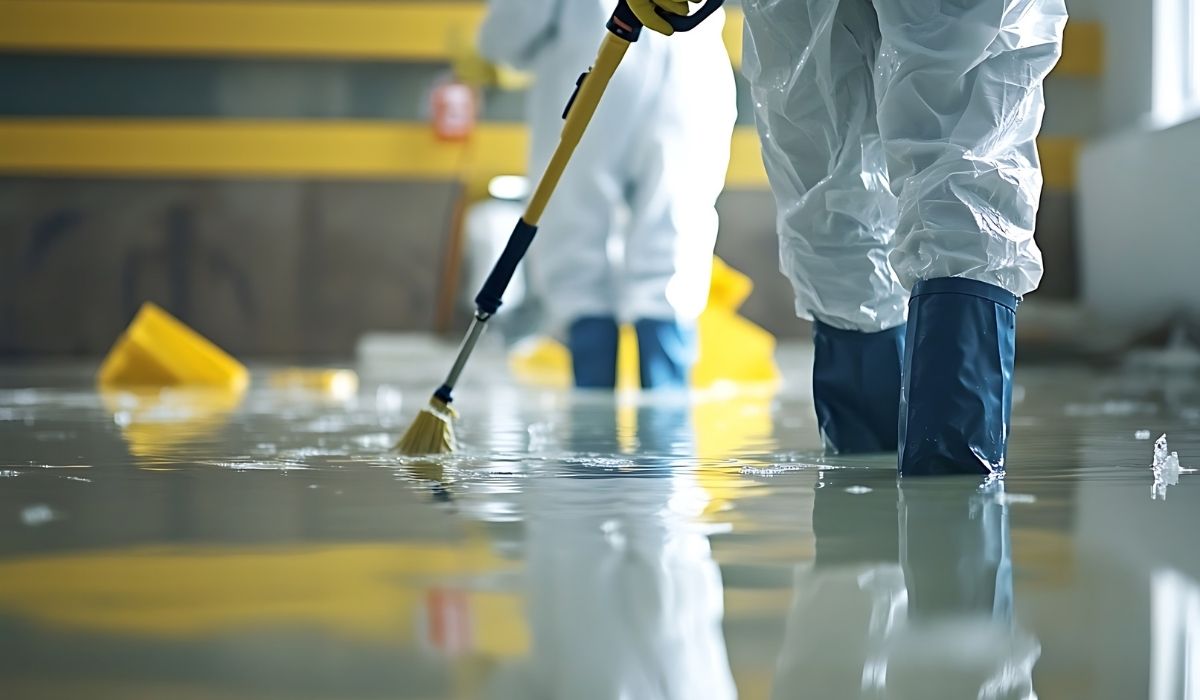Can You Paint Over Smoke Damage? Best Practices & Tips
Understanding Smoke Damage
Smoke damage affects walls, ceilings, and other surfaces. It results from cigarette smoke, wood-burning fireplaces, candle soot, and natural disasters. The damage varies from light smoke damage to deeper smoke damage requiring professional expertise. So, can you paint over smoke damage?
Visible Signs of Smoke Damage on Walls
Before painting over smoke damage, inspect the walls for smoke stains, nicotine stains, and soot on walls. Look for excessive soot accumulation, chimney soot, and candle soot residues. Damage in homes can lead to additional damages like water damage stains and adhesion issues.
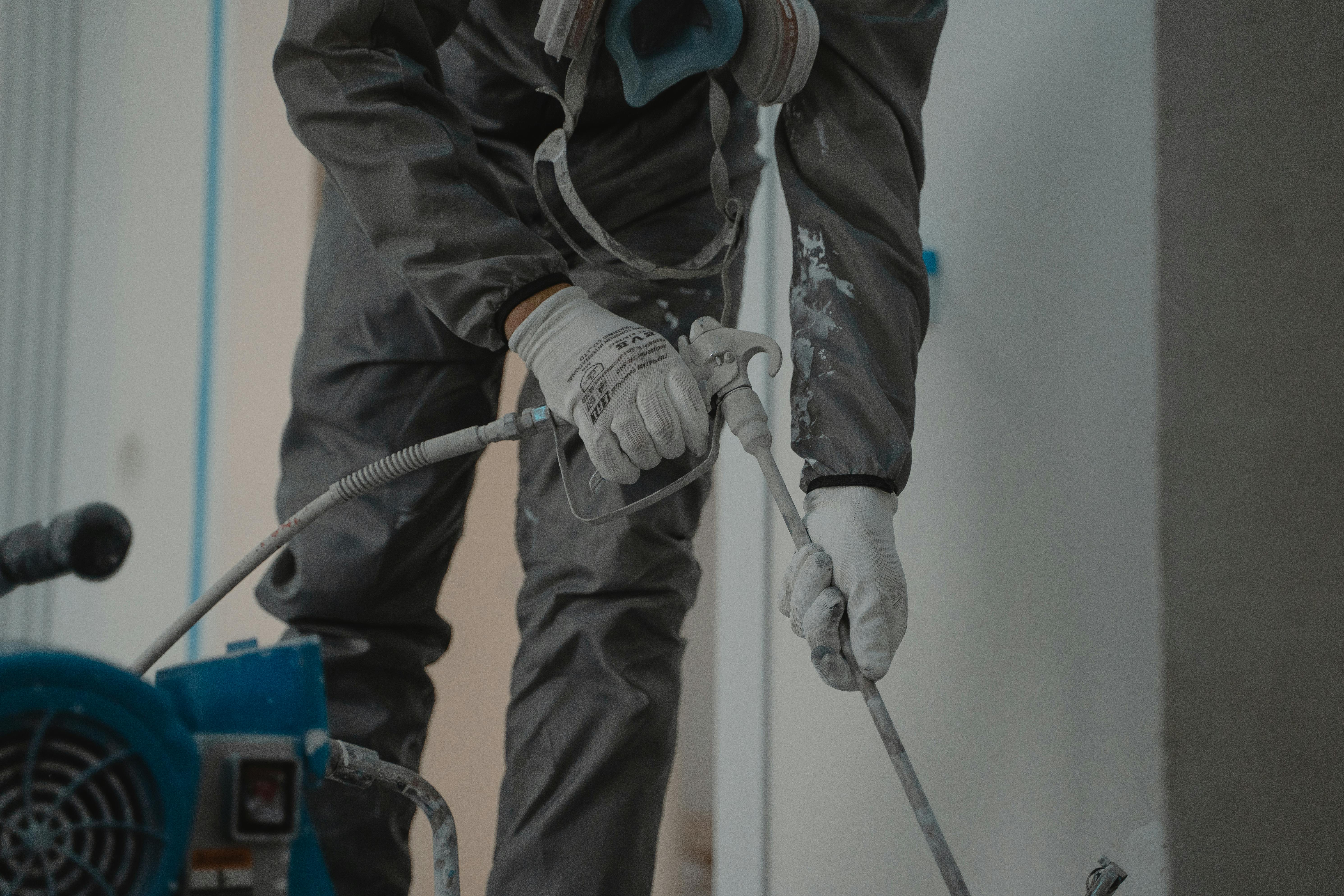
Proper Cleaning Process Before Painting
Skipping the cleaning process causes adhesion issues. Follow these critical steps to clean smoke off walls and prepare for painting.
1. Gather Simple Tools
Use the right cleaning products and tools:
- Dry Cleaning Sponges (Chemical Sponges)
- Regular Cleaning Sponge
- Drop Cloth
- Protective Gear (Gloves & Mask)
- Razor Blade for Surplus Sponges Removal
- Cleaning Solution (Warm Water & Denatured Alcohol Base)
- Dry Cloth
2. Dry Cleaning Step
Use dry sponge or dry cloth to wipe away loose soot particles. Dry Cleaning Sponges made of vulcanized rubber lift excess soot without smearing.
3. Wet Cleaning Step
Mix a cleaning solution with warm water and a cleaning agent. Wipe stains on walls using a damp sponge. Avoid excessive moisture, which causes additional damages.
4. Additional Steps for Heavy Stains
For deeper smoke damage, use denatured alcohol or a deep-cleaning product. A second wet-cleaning step may be necessary.
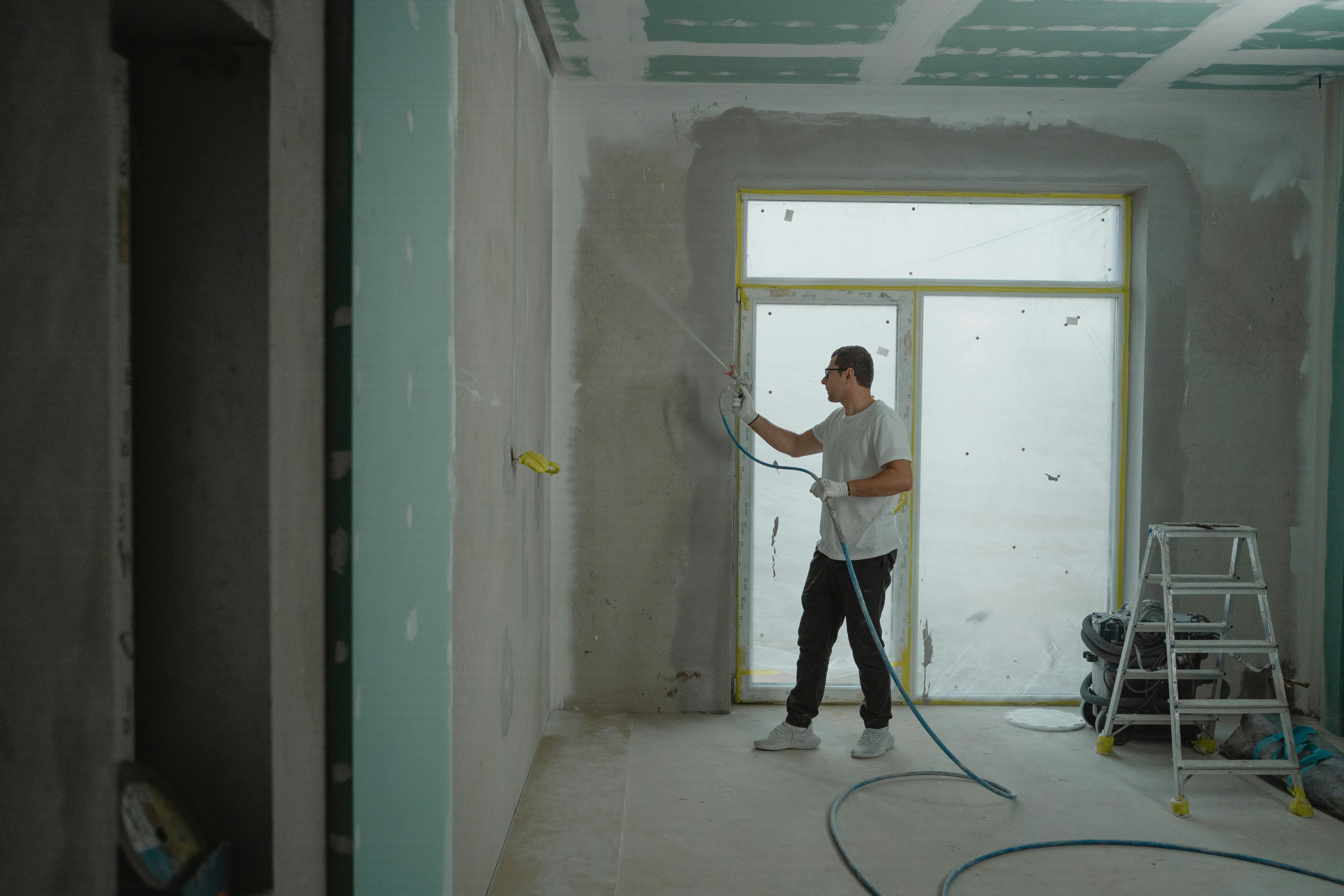
Choosing the Right Primer for Smoke Damage
Regular latex paint won’t block smoke odors. Use a quality stain block primer to create a barrier between paint and smoke-stained walls.
Types of Primers for Smoke Damage
- Water-Based Primers: Suitable for light smoke damage but may not block strong odor.
- Oil-Based Primer: Provides adequate paint adhesion and seals in smoke odors.
- Pigmented Shellac Primer (Zinsser BIN): Best for extensive damage and odor-blocking paint.
- KILZ Restoration Primer: An effective solution for cigarette smoke damage.
Correct Painting Process
Once the walls are clean and primed, follow these painting steps:
1. Gather Painting Supplies
- Quality Roller or Budget Rollers
- Roller Cover & Roller Handle
- Paint Brush
- Drop Cloth & Plastic Sheeting
2. Apply the First Coat of Paint
A fresh coat using durable paint ensures a clean layer over smoke damage. Use oil-based or stain-blocking paint for proper paint preparations.
3. Apply Additional Paint Preparation Steps
Let the first coat dry. Check for any remaining smoke stains. Apply a second coat of paint for better coverage and confident paint application.
4. Consider the Ceiling
If smoke stains exist on the continuous ceiling or textured ceilings, follow the same painting steps.
Common Challenges & Solutions
1. Adhesion Issues
If paint does not stick, the cleaning process may have been insufficient. Sand the surface and reapply a bonding agent.
2. Strong Odor After Painting
If cigarette smoke odor lingers, apply another coat of odor-blocking paint.
3. Stains Bleeding Through Paint
Use a higher-quality stain blocker like Zinsser Cover Stain or (not just any) shellac-based primer.
4. Electrical Issues in Walls
Smoke damage can extend to electrical outlets. Have an electrician inspect any damage to properties before painting.
5. Choosing the Right Paint Color
The correct color covers smoke stains effectively. Avoid choosing a color – meh; instead, opt for a quality stain-blocking paint.
Professional Expertise vs. DIY
Hiring a professional painter ensures proper paint bond and a high-quality finish. However, with simple tools and a step guide, DIYers can achieve a durable paint job.
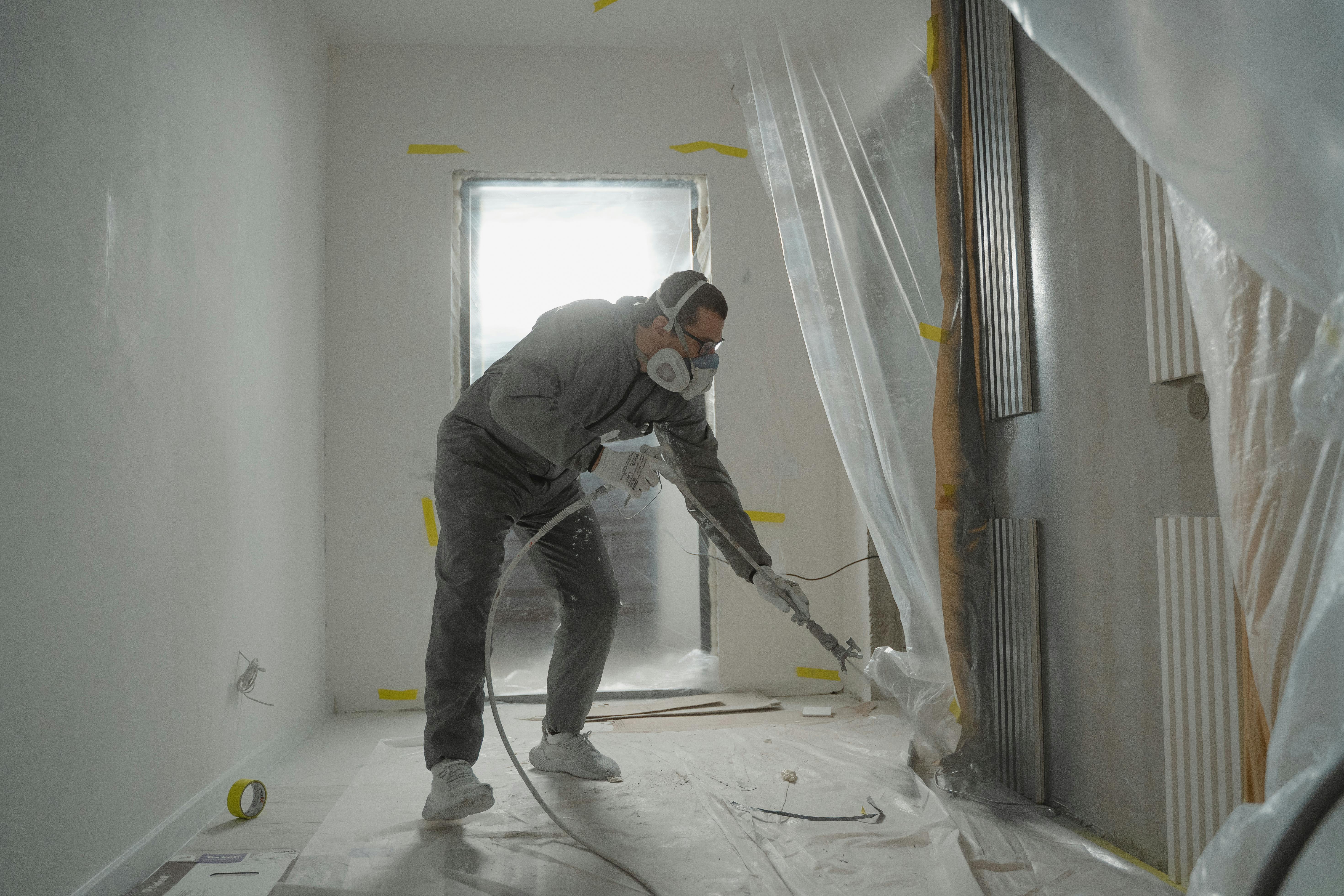
FAQs
1. Can you paint over smoke stains without cleaning?
No. Painting over uncleaned smoke stains leads to adhesion issues and a poor paint job.
2. What type of primer is best for smoke damage?
Pigmented shellac primers like Zinsser BIN and KILZ Restoration Primer provide the best results.
3. How do you remove nicotine stains before painting?
Use Dry Cleaning Sponges, warm water, and an alcohol-based cleaning agent before priming.
4. Does a fresh coat of paint remove smoke odors?
No. You need an odor-blocking primer before painting to seal in smoke odors.
5. Can a regular cleaning sponge remove deep smoke damage?
No. Use a dry sponge or chemical sponges to lift soot off walls before wet cleaning.
By following these steps, you can confidently complete a successful paint job over smoke damage.
Visit your nearby local emergency responder or contact us today for more information.
Table of Contents
EXCELLENTVerified A straight up honest broker who knows his stuff. Excellent communication and very helpful problem solving our mold issuePosted onVerified Giving Eric a 5-star review, and we haven't even started any work yet. He came to gave us his professional opinion and quote to address a mold issue in our house. He is clearly very knowledgeable. His opinion was wildly different than the previous estimate we received, from an agency that wanted to charge us about 4 times as much. He did a much more thorough assessment, and explained his reasoning for why he felt that our issue wasn't as extreme as the previous agency. He even gave us some suggestions as to how we could address our issue on our own, if need be. He doesn't appear "out to get you"... there are a lot of companies that work off the "mold is gold" motto, but he doesn't seem to be one of them. If we end up going with him for the job, we'll update the review... but, I was just so happy and relieved with his approach, estimate, knowledge, and his overall professionalism. Glad there are still people like this out there!Posted onVerified Eric and his team were prompt and professional. From diagnosis through cleanup they were very thorough.Posted onVerified Above and beyond expectations. Eric and his team were not only helpful, kind, and relatable to our issues, they were extremely professional and reliable. Always answered our calls. Showed up on time with great attitudes. Respected our home. Most importantly, got the job done in a fast and timely manner. Can't recommend enough.Posted onVerified We had a leak under the kitchen sink and called another company first. We were told there is mold and they would have to tent the area to remove it and that we'd also need a whole new cabinet. Of course, it was pretty expensive and they said we couldn't use the kitchen for a couple weeks. Feeling it's always wise to get more than one estimate, I called Preferred Restoration as they had excellent reviews. Eric replied promptly and came out to look things over. He felt the mold wasn't bad enough to require a tent and also felt a whole new cabinet was not required. Needless to say, we accepted his estimate immediately and the work was done in a professional manner. (They don't do the carpentry work, but can make a recommendation.) I highly recommend Preferred Restoration. I believe it's an honest company with skilled professionals.Posted onVerified Eric the owner was great to work and keep me informed the entire time that the moisture was being removed from my home. Highly recommend Eric and his team for any job!Posted onVerified Right from the start I knew I was going to be in good hands with this company. The response time was super quick and getting Eric to come out to my home to assess the situation was quicker than expected. Eric was very knowledgeable and answered all my questions thoroughly. He took his time to listen to all my concerns to carefully address the issues in my home. He made a stressful situation feel less stressful and manageable. I definitely recommend this company and will contact Eric if needed in the future. Thanks again Eric!Posted onVerified We discovered a mold issue in one of our bedrooms and reached out to Preferred Restoration Services for guidance. Eric was extremely helpful in helping us navigate what needed to be done since we had no experience with this type of issue. He shepherded us through the process and helped us understand every step that needed to be performed. He referred us to a couple of contractors which we used for plumbing and testing and they were also excellent. This was helpful so that we didn't have to figure out who else we needed to work with and vet them as well. Everyone from Preferred Restoration Services was very professional, communication was excellent, and customer service was outstanding. We had a lot of questions and they were all answered very quickly. I highly recommend Preferred Restoration Services for any damage restoration needs.Posted onVerified Preferred Restoration is the best service in town! If you want quality, fair pricing & guidance, call Preferred Restoration! Ask for Eric, he is very helpful and quick.Posted onVerified We had an issue with a sewer line that leaked and potentially needed some soil remediation under the house. I gave Eric a call and made an appointment for the next day for him to come out and assess the situation. Throughout the process his communication was great and he was on time (even gave me a call to let me know he was on his way). He went above an beyond to even check inside the house for potential water damage/mold. We did not have to move forward with any remediation. I appreciate Eric's communication, thoroughness, and HONESTY. We will keep his contact if we need any work in the future. I highly recommend Eric and Preferred Restoration!


